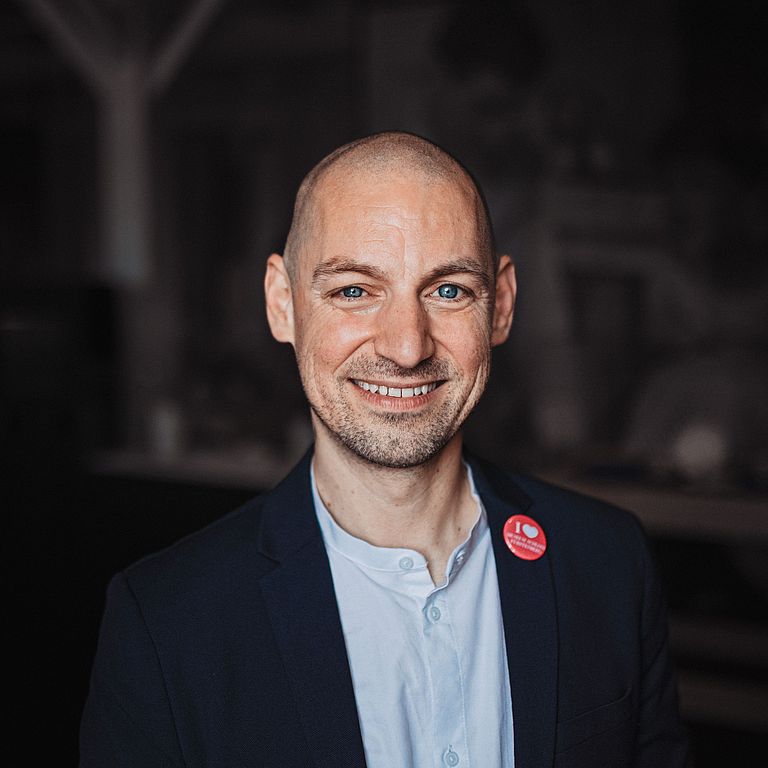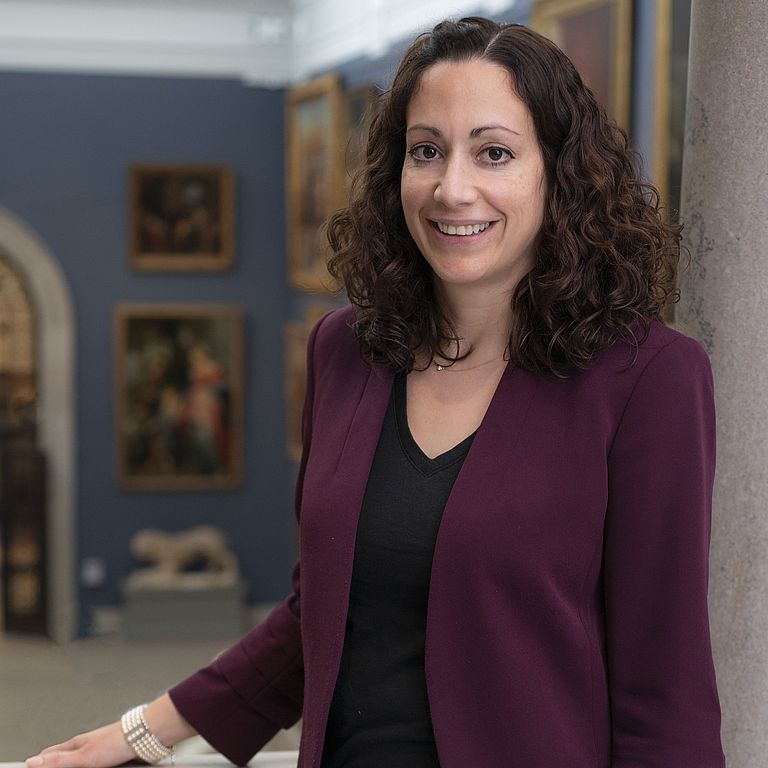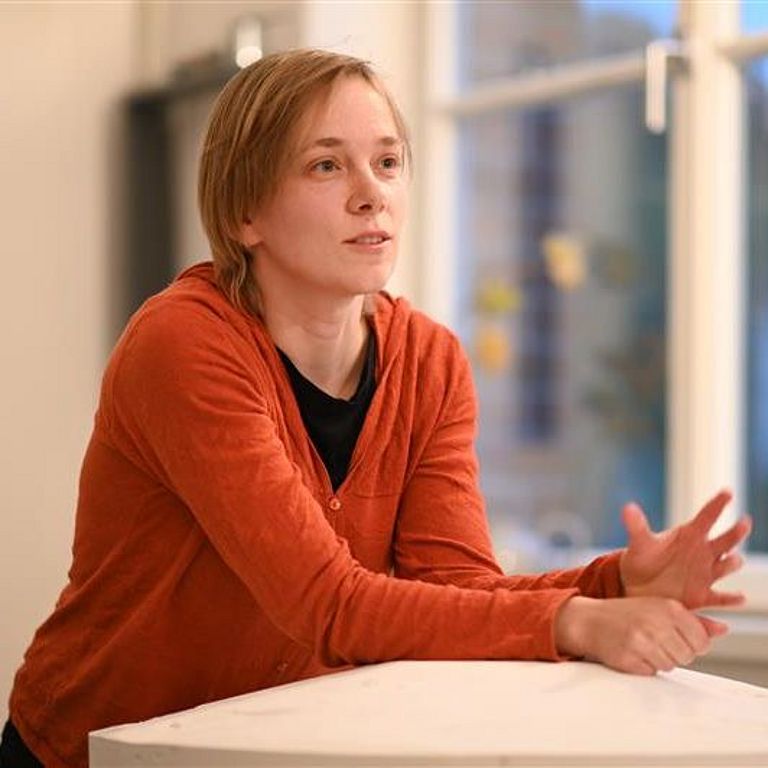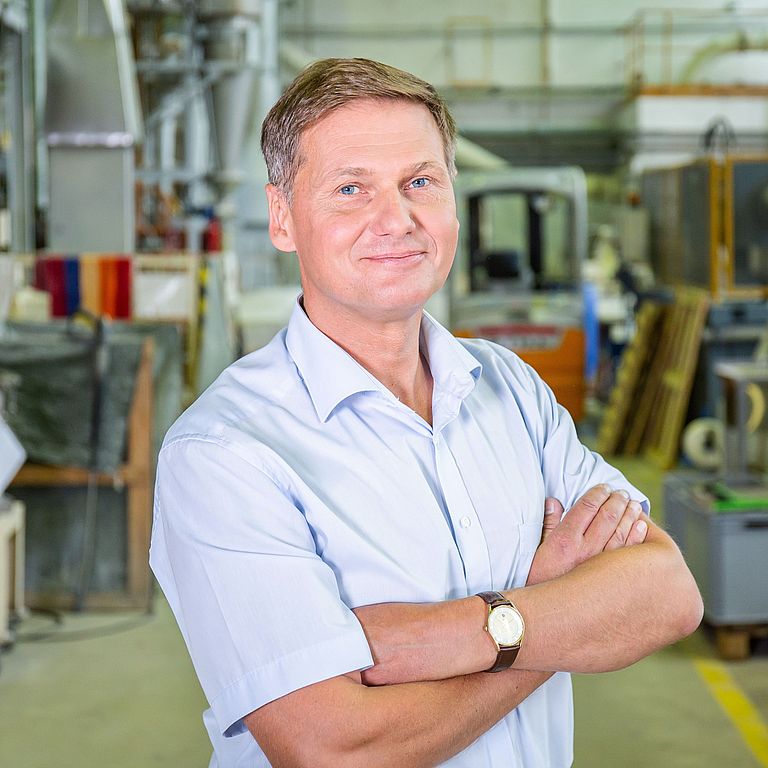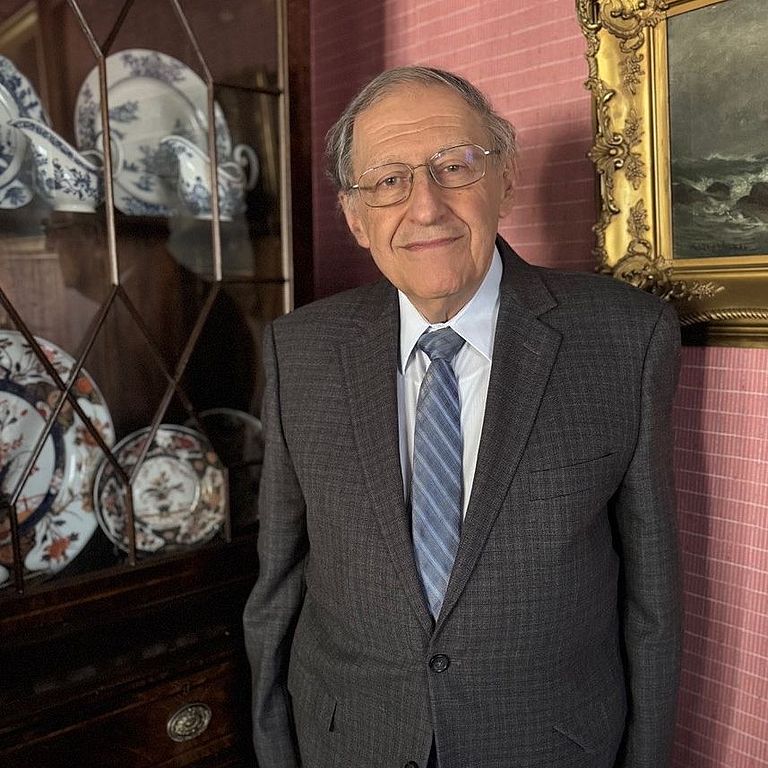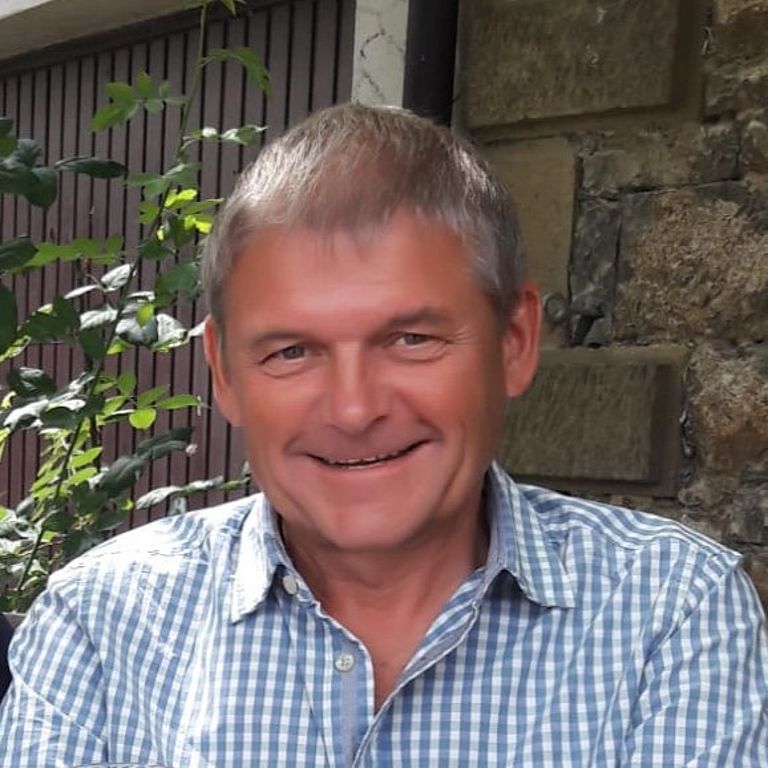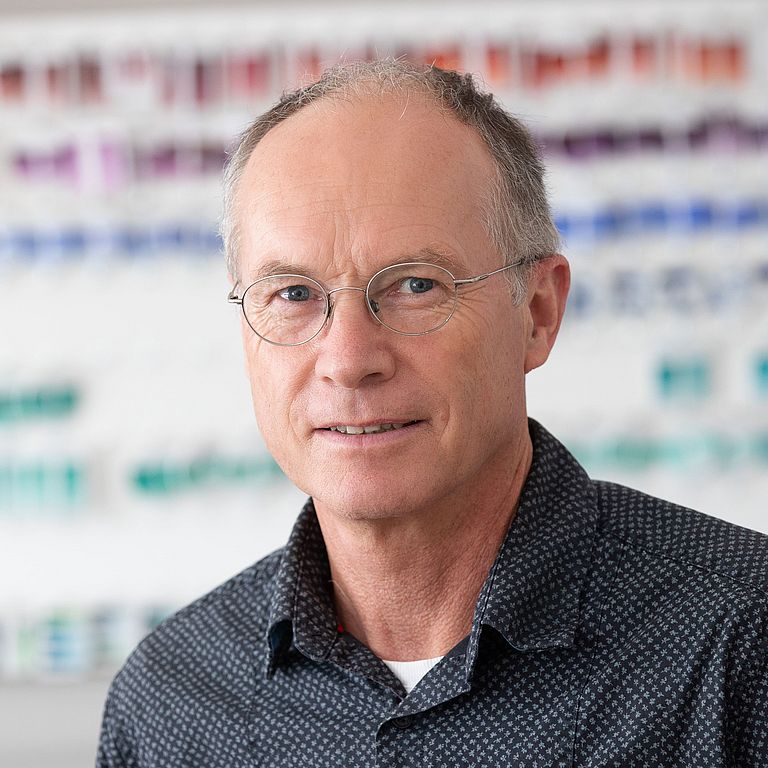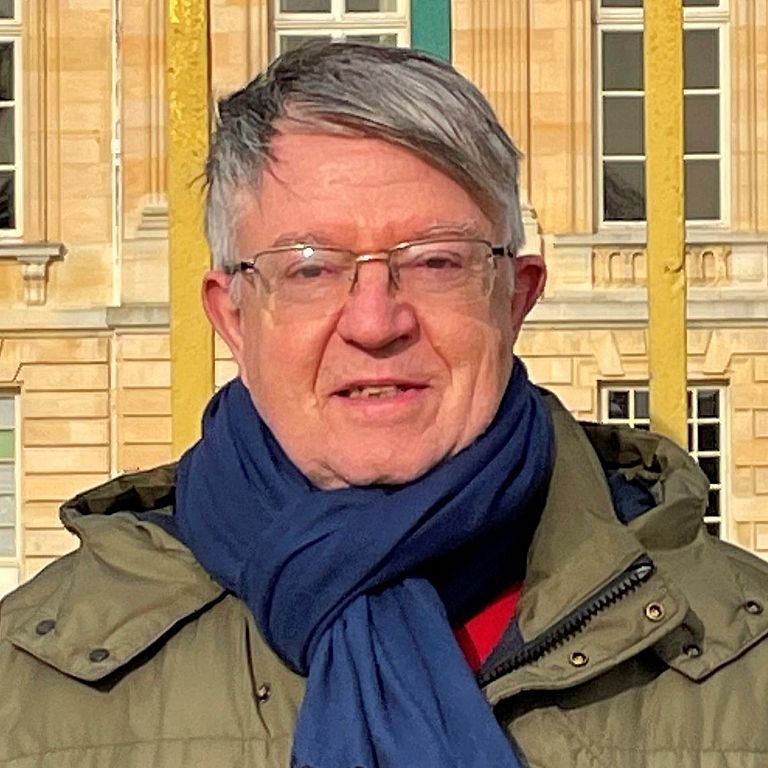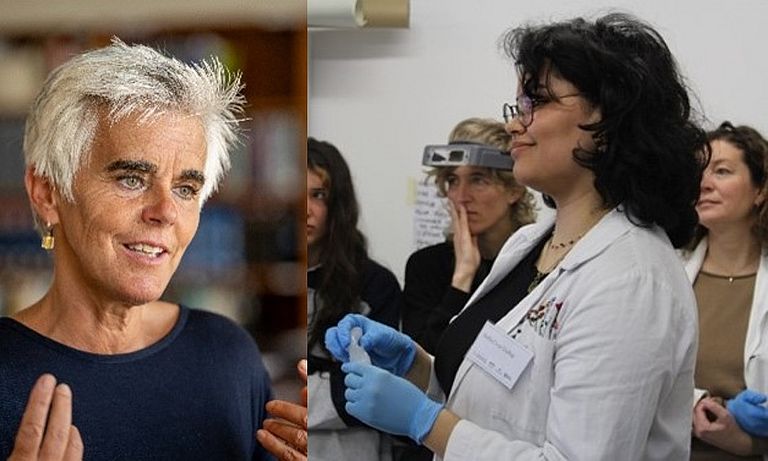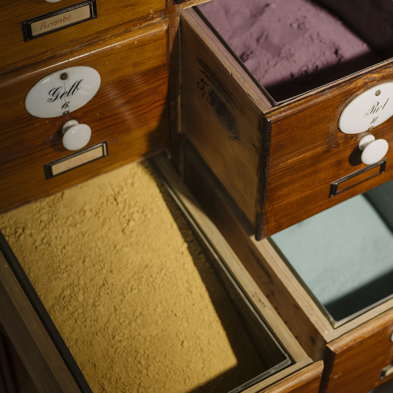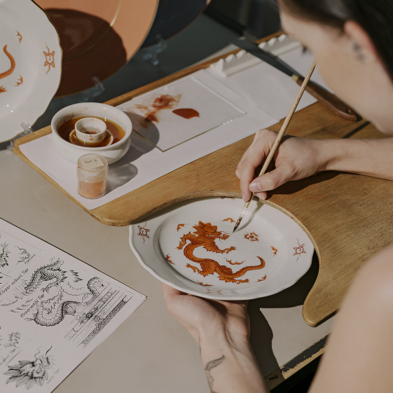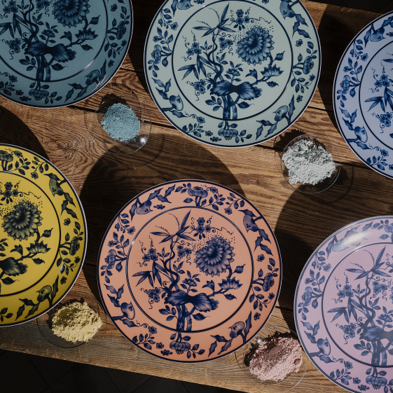1st MEISSEN Symposium
7 - 9 November 2025
The Meissen Porcelain Foundation is hosting the 1. MEISSEN Symposium, part of a regular series of symposia aimed at facilitating exchanges on ceramic history right at the birthplace of European porcelain. Subject of this year’s symposium is “Höroldt’s Legacy,” a succinct overview of ceramic pigments, their historical and contemporary development, and use within the Meissen Manufactory and beyond. This occasion for this year’s symposium is the 250th anniversary of the deaths in 1775 of Meissen’s two towering figures, Johann Gregorius Höroldt (1696-1775) und Johann Joachim Kaendler (1706-1775).
Höroldts Legacy
Höroldt’s arrival in Meissen in 1720 signaled a breakthrough in porcelain painting. Höroldt was an innovative artist with a natural and intuitive understanding of pigment chemistry without any formal training. He developed the proper technology for the enameling of porcelain using metal-oxide-based pigments at high temperatures. Today, his initial set of 16 enamel colors has grown to around 10,000.
Augustus the Strong’s initial objective was the making of blue-and-white porcelain, similar to that of the Chinese. With Höroldt’s arrival the success story of overglaze polychrome painting began. Inspired initially by East Asian decors it was expanded to include European flower painting, the classic harbor scenes, hunting scenes, and scenes after Watteau, Ridinger and others. In the 19th century it was expanded to royal blue ground, to include platinum, pâte-sur-pâte, and Limoges painting. Experiments with tinted porcelain paste can be traced to the 18th century. Exploring the miscibility of colorants was intensely investigated as documented by the hundreds of surviving, meticulously documented and archived color samples in the Meissen Manufactory Museum. In-glaze painting, and the invention of soluble and high-temperature resistant colorants that could be used underglaze were significant additional technological developments. Advances in scientific analysis are expected to provide new insights.
Speakers and their topics ... to be continued
Color samples and patterns in the collections of the Meissen Porcelain Foundation
Color samples and patterns constitute an important and previously unexplored part of the Meissen Porcelain Foundation collections. My presentation will cover several aspects of this multifaceted collection. The earliest samples stem from the beginning of the 19th century and were prepared at the Albrechtsburg, the Meissen Manufactory's first production site. Examples from the late 19th century include samples of ground colors dating to the 1870s and 1880s, and Rudolf Hentschel’s experiments with solvent-based colorants (Lösungsfarben) from 1898. Samples from the early 20th century document the breadth and brilliance of the color palette with examples of overglaze colors developed during the tenure of Max Adolf Pfeiffer as Manufactory Director (1918 - 1933). More recent samples include miniature sketches in which landscape and figure painters tested colors and their mixing ratios. Porcelain painters also prepared color samples labeled by numbers or color designations for their decorations during their training. So called “Finger spreads” (Fingeraufstriche) are quality tests from the manufactory's paint production: each new batch of paint is spread on porcelain by finger and test-fired before it is delivered to the painters.
Looking into the Fürstenberg past with X-Rays
The application of scientific analytical methods to questions of authenticity and dating has become well established in the study of historical porcelain, particularly in relation to Meissen wares. This is not yet the case for the so-called “smaller” manufactories such as Fürstenberg. For several years now, the Museum Schloss Fürstenberg and the Freundeskreis Fürstenberger Porzellan e. V., in collaboration with Cranfield University (UK) and Leiden University (NL), have been conducting a project using X-ray fluorescence (XRF) analysis to gain new insights into Fürstenberg porcelain production in the 18th century. This talk will explore the key questions driving the project, the challenges faced by the research team, and the first results that have already been achieved.
Where are all the White Figures? Later Decorated Meissen Porcelain
In this talk, Dr. Vanessa Sigalas will present new findings from a groundbreaking research project that applied scientific methods—specifically X-ray fluorescence (XRF) spectroscopy—to a major private collection of Meissen porcelain figures and groups. This large-scale study, the first of its kind, opens a new chapter in the study of porcelain decoration and raises important questions about authenticity, connoisseurship, as well as collecting practices.
Focusing on recent analysis of the Alan Shimmerman Collection, Dr. Sigalas will discuss what technical investigation can reveal about the dating of porcelain decoration, and what these discoveries mean for our understanding of Meissen production in both the eighteenth and nineteenth centuries.
Inquiring the red
In the lecture „inquiring the red“ introduces the Kiel based conceptual artist and sculptor Lena Kaapke her long term exhibition project about the color red in ceramics. For ten years, she has been working on a cycle of works, that inquires the ceramic color red. Various works and installations question different properties, conditions, processes, traditions and applications of the ceramic red and are thereby challenging the conventional definition of color that viewers are familiar with from other media. The works challenge us to rethink this definition for ceramics. When the works are seen together, links emerge, that open a sensual space of color and thought by locating ceramic color spatially, temporally and performatively. The ceramic color becomes the occasion for the artistic work and thus a means of contemporary conceptual art. The exploration of red leaded Lena Kaapke to derive a philosophical notation of the conceptual potential of the color red.
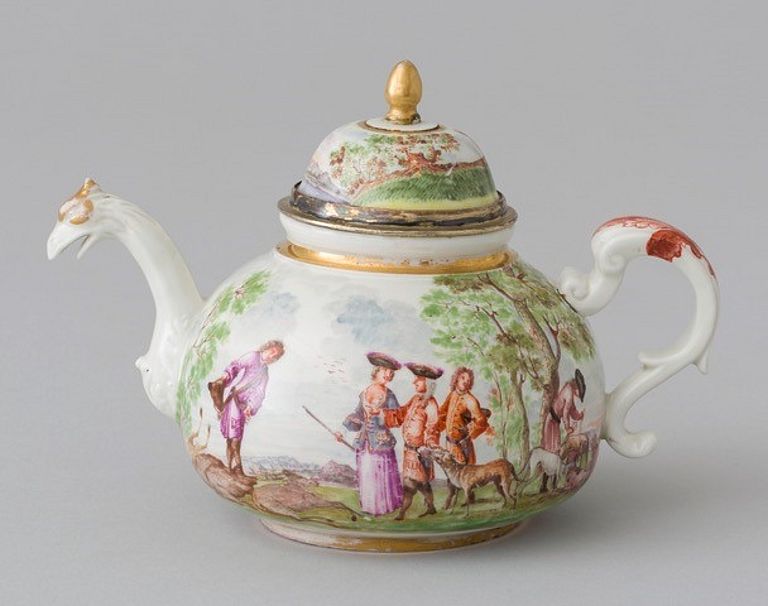
New approaches to the study of (miniature) painting
In 1721, seven porcelain painters were on staff at the Meissen manufactory; by 1735, there were 57 and by the outbreak of the Seven Years War in 1756, there were 219. These artists were for the most part trained in-house, to paint anonymously, in a factory style, in one genre or another. This was a workshop industry akin to those at the court in Dresden, where painters of various skills were paid for canvas paintings; miniature paintings on metal, ivory; watercolor paintings; book illumination; ink paintings; lacquerwork; and gilding - were involved in the design and execution of a work of art. Beyond the fact of kilns, and the alchemy of the industry, porcelain painting required the same sorts of training, expertise, design strategies, and collaboration found in the community of artists and artisans in service to the court in Dresden. Against this background, Maureen Cassidy-Geiger will explore new approaches to the study of (miniature) painting on Meissen porcelain in her presentation.
The Influence of firing on ceramic colors
Ceramic colorants or pigments develop different colors depending on the firing protocol. The determining factors are the firing temperature, the holding time and the atmosphere. The effects of these fundamentally important factors will be described.
Influencing the influencer: Thoughts about the origins of Höroldt’s technological advances
The impact of Höroldt’s innovations on the techniques of porcelain painting in Germany, Europe, and beyond is well-nigh incontrovertible. But what were the sources that guided Höroldt’s thinking? Only a handful of his pigments were in general use by the potters of his time. Close examination of the text of at least three of his recipes reveal the direct influence of the writings of specific 16th and 17th century alchemists and glass makers. Other procedures, like the precipitation of relatively pure cobalt carbonate for use in overglaze blue enamels appear to have been invented entirely by Höroldt.
Insights into the technological basics of polychrome porcelain decoration
Discover the fascinating world of porcelain decoration! There are numerous ways of coloring porcelain and permanently fixing the colors. However, each method has its own advantages and disadvantages, and many factors influence each other in the technological process. This contribution provides an overview of the various techniques, such as overglaze and underglaze decoration, their quality, optical effects and color palette. It also highlights the technical and technological challenges that arise during production. You will learn about the interrelationships between key determinants and get fascinating insights into the work flow, both at the craftsmanship and technical level.
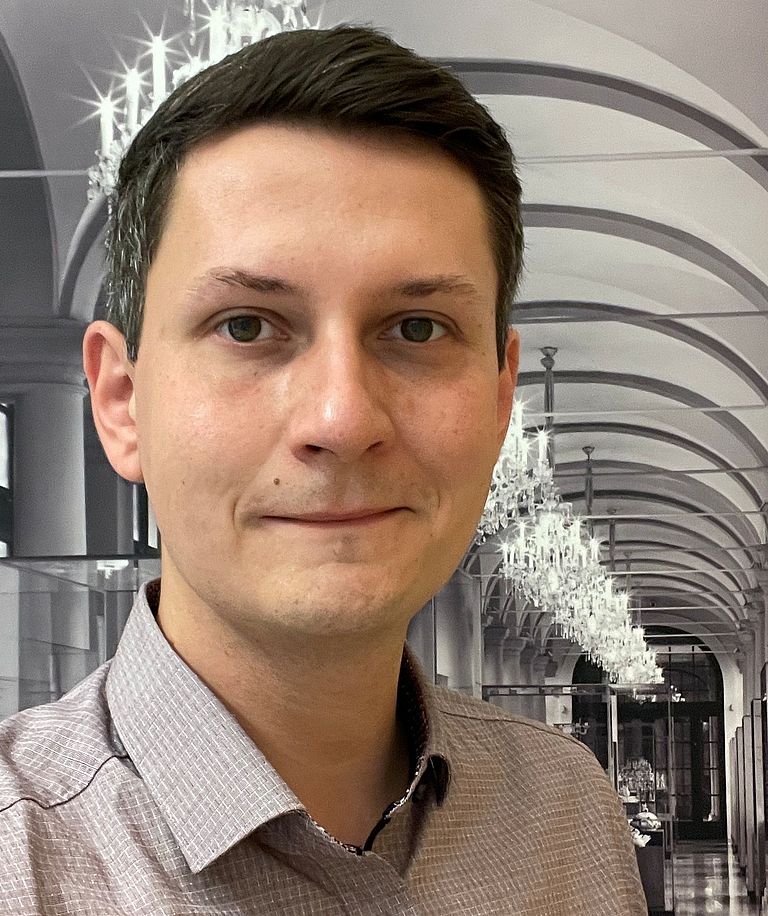
Frankenthal Colors – From Meissen to the Palatinate
The Frankenthal Manufactory, founded by Strasbourg-native Paul Hannong in 1755, was in existence for less that fifty years. The Löwenfinck brothers were already importing Meissen pigments into Alsatia for the faience industry. Continued development, especially after 1775, during the directorship of Simon Feylner. A preserved “arcanum-case” and two color-sample plates illustrate the richness of the Frankenthal enamel colors, which at the beginning of Feylner’s term of office already covered 60 different shades. He developed additional overglaze and underglaze colorants during the 1780s that are still recognized as characteristic of Frankenthal products. Besides the description of the color samples, we will present examples of colors unique to Frankenthal.
The colors at Meissen, a challenge to decor development
The lecture opens with a compact overview of the exciting early years of the Meissen manufactory in terms of colour development and decoration techniques such as underglaze and overglaze painting. The focus is on the further development of the variety of colours and their creative interaction with the development of decoration - a process of mutual inspiration and cross-fertilisation. The different properties and design possibilities of new colour tones and application techniques are clearly presented using selected practical examples.
On-site analysis by Raman and XRF spectroscopy of enameled porcelain: identification based on spectral signatures
Two spectroscopies, Raman scattering and X-ray fluorescence, can be carried out on site with portable instruments in a completely non-invasive manner and therefore on rare objects. We show the complementarity of these methods for the semi-quantitative identification of amorphous or crystalline phases (Raman) and most of the elements heavier than sodium (XRF) constituting them. This procedure is applied to European and Asian (over)glazed porcelain in order to identify technology transfers and the origin of raw materials using specific experimental and data processing procedures (ternary diagrams, PCA, hierarchical classification). We will take as examples the identification of the origin of cobalt (smalt), techniques for preparing gold nanoparticles for pinks and purples and identification of yellow pigments in porcelain from Saint-Cloud, Meissen, Sèvres, etc. and Japanese from Arita (17th century), or Chinese Qing (18th century).
From Restoration to Attribution: Scientific and Stylistic Reassessment of a Meissen Huntress Figurine
The dating and authentication of ceramic objects remain ongoing challenges in the field of heritage studies. This presentation focuses on a hard-paste porcelain figurine produced at the Meissen manufactory in the 18th century, now part of the porcelain collection of the Royal Museums of Art and History in Brussels. The figurine depicts a huntress and is decorated with polychrome grand feu enamels. In need of restoration, the piece was entrusted in 2023 to the Department of Ceramic and Glass Conservation and Restoration at ENSAV La Cambre for treatment and study. By combining stylistic analysis with material characterization, the figurine was recontextualized within its historical production environment. The elemental composition of the glazes revealed critical markers which, when correlated with historical production data from the Meissen manufactory, informed not only the restoration approach but also the proposed attribution and dating of the piece.
Newsletter
Register here for our newsletter. We will inform you at irregular intervals about news and interesting facts about the 1st MEISSEN Symposium. Who the speakers are, when you can register, what the supporting programme looks like. You can look forward to four interesting days of networking and dialogue. The language of the symposium is English.
-------------------------------------------------------------------------------------------
Event location: Theme world House of MEISSEN - Talstraße 9 - 01662 Meißen
Plan your trip here.
![[Translate to English:] [Translate to English:]](/fileadmin/_processed_/3/b/csm_20250522-meissen-_c_ionadutz-0247_klein_8a5b82591f.png)

